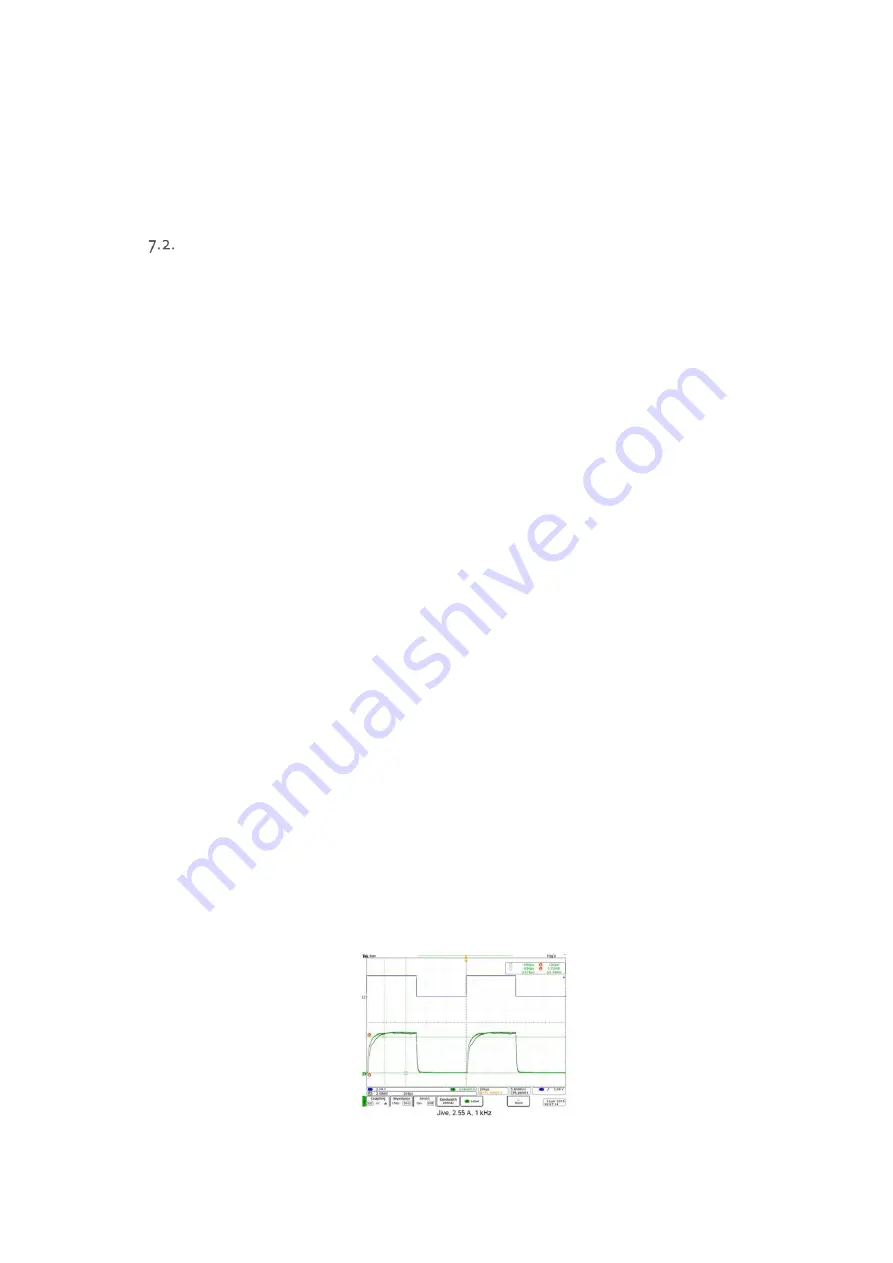
OWNERS MANUAL | Cobolt 06-01 Series | D0136-K DECEMBER 2018
201
34 | 52
The MLD can be used with hybrid d analog modulation signals. This can be accessed in the Cobolt Monitor
software under the Modulation Type option. In this mode, whenever the digital state is on, the laser runs at a power
determined by the analog voltage.
06-DPL
Which modulation type to use?
The Cobolt 06-DPL has two different modulation types: digital and analog. These two modes aim to cover most
applications the user may have.
•
Digital modulation
allows for modulation speeds of up to 50 kHz (532 nm), 5 kHZ (553 nm), or 10 kHz (561
nm) with a rise time of under 6 and 30 µs respectively. Use digital modulation if you are modulating in a
square wave.
•
Analog modulation
allows the user to drive the laser with arbitrary waveforms. Use this mode if you require
arbitrary waveform.
These types of modulation can be used simultaneously in any combination to give complicated output shapes
such as pulse bursts. These combinations are dealt with separately at the end of this section. Switching between
types can be done using the Cobolt Monitor
™
software or with direct commands.
Digital modulation
Digital modulation requires a 0-5 V TTL input signal applied to the digital modulation input female SMA connector on
the laser head, and the duty cycle is set by the input signal. The diode current is modulated in a square wave. To enable
digital modulation using the Cobolt Monitor
™
software, se
lect “Modulation Mode”, and “Digital” under Modulation
Type. You can set the peak power level that the laser will modulate up to by first pressing the “More” button which
opens up a new control window and then enter your preferred value in the box to the r
ight of the “Modulation Mode”
check box.
The power levels are controlled by the high and low current settings. The high current is set during manufacturing to
achieve up to 100 % of the nominal power in the ON state, at 1 kHz, 50% duty cycle. It is not always possible to reach
100% of nominal power in the ON state, in this case the High current level is set to the maximum of 3000 mA. The low
current is determined by visually inspecting the output beam and identifying the minimum current for emission, then
lowering the value by 50 mA to ensure that the current is below the threshold.






























